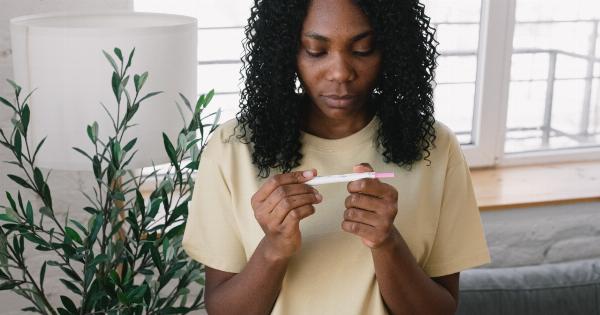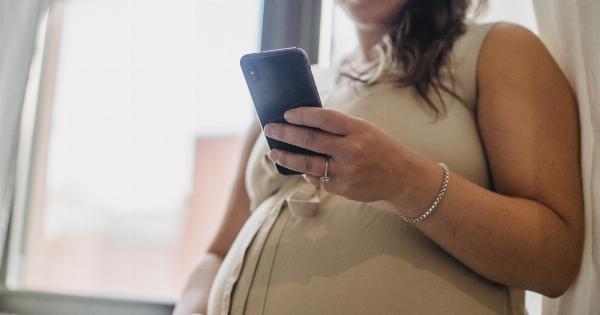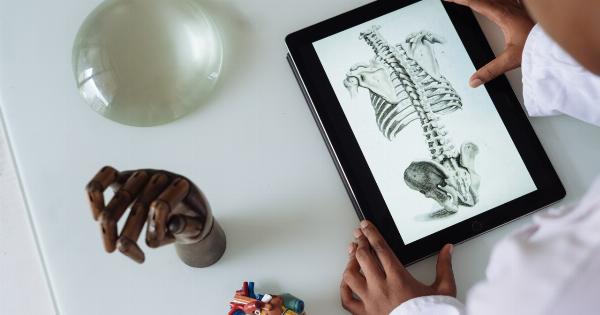If you are expecting a baby, you have likely heard about the various tests and screenings that come along with pregnancy. One test that is commonly done is the sugar test, which assesses your body’s ability to process glucose.
This test can help diagnose gestational diabetes, a condition that arises during pregnancy and affects the way your body processes sugar. But when is the best time to take this test? In this article, we will explore the different trimesters of pregnancy and discuss the optimal time for sugar testing.
First Trimester: The Early Stages
During the first trimester of pregnancy, your body undergoes significant changes to accommodate the growing fetus. Hormonal shifts occur, various organs develop, and the placenta forms.
However, when it comes to sugar testing, the first trimester is not the ideal time. This is because the sugar test typically measures how your body handles glucose, and during the early stages of pregnancy, hormonal changes can affect the results.
Therefore, it is common practice to wait until the second or third trimester for sugar testing.
Second Trimester: The Ideal Time
As you move into the second trimester, your body becomes more accustomed to the hormonal changes and stabilizes to some extent.
This trimester, usually spanning from around 13 to 27 weeks of pregnancy, is often considered the sweet spot for sugar testing. Several reasons make the second trimester the ideal time for this test.
Development of Baby’s Pancreas
During the second trimester, your baby’s pancreas begins producing insulin. Insulin is a hormone that helps regulate blood sugar levels by allowing glucose to enter the body’s cells.
As the baby’s pancreas develops, it becomes better equipped to handle glucose, making the sugar test more accurate during this period.
Screening for Gestational Diabetes
Gestational diabetes is a common condition that can develop during pregnancy. It can have serious implications for both the mother and the baby if left untreated.
The sugar test during the second trimester helps screen for gestational diabetes, allowing healthcare providers to detect and address the condition early on. By diagnosing and managing gestational diabetes, you can reduce the risk of complications and ensure a healthy pregnancy.
Stability of Hormonal Levels
By the second trimester, the fluctuating hormonal levels of early pregnancy tend to stabilize to some degree. This stability in hormone levels can result in more accurate sugar test results.
When the hormones are more controlled, the test can provide better insights into your body’s ability to process glucose.
Third Trimester: The Last Resort
The third trimester, which begins around 28 weeks and lasts until delivery, is typically the last resort for sugar testing.
Although the second trimester is considered the optimal time, certain circumstances may warrant a sugar test during the third trimester.
High-Risk Factors
If you have certain risk factors for gestational diabetes, your healthcare provider may recommend a sugar test during the third trimester.
Risk factors include a family history of diabetes, being overweight or obese, or having a previous pregnancy with gestational diabetes. Testing during this trimester ensures that any potential gestational diabetes is detected and managed appropriately.
Inconclusive Results
In some cases, a sugar test conducted during the second trimester may yield inconclusive results. If this happens, your healthcare provider may suggest repeating the test during the third trimester to ensure an accurate diagnosis.
An inconclusive result does not necessarily mean you have gestational diabetes, but it does warrant further investigation.
Monitoring Blood Sugar Levels
During the third trimester, even if you have already had a sugar test, your healthcare provider may recommend monitoring your blood sugar levels regularly. This can help identify any potential fluctuations or issues with glucose processing.
By monitoring blood sugar levels, you can work closely with your healthcare provider to manage any concerns related to gestational diabetes.
Conclusion
In conclusion, the second trimester of pregnancy is generally regarded as the best time for sugar testing.
During this period, your baby’s pancreas is developing, hormones stabilize to some extent, and the test helps screen for gestational diabetes. However, under certain circumstances, such as high-risk factors or inconclusive results, a sugar test may also be conducted during the third trimester.
Always consult with your healthcare provider to determine the most appropriate time for sugar testing based on your individual circumstances.




























